Early Galaxy Formations Defy Everything Scientists Knew
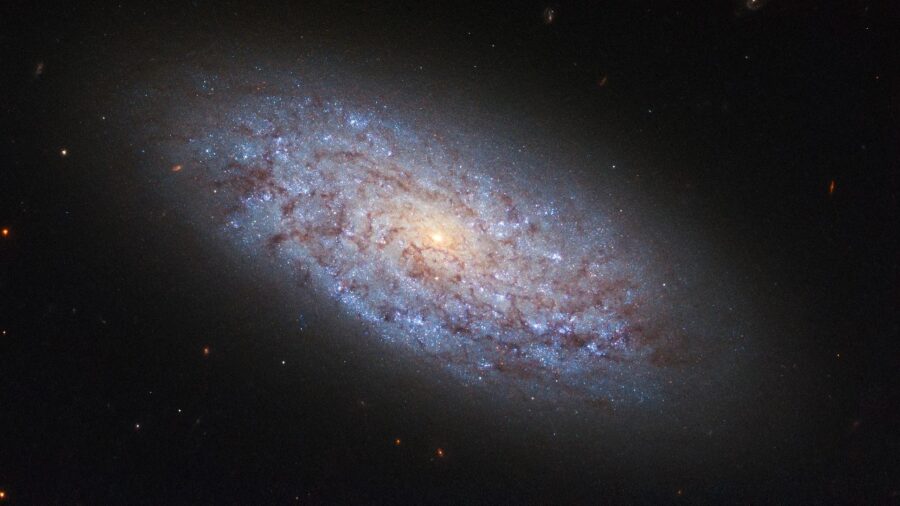
As the saying goes, it’s not about the size of the galaxy in the universe, it’s about the size of the heart in the center of that galaxy. Okay, maybe that’s not exactly a known saying, but according to a recent study, early galaxies in our universe appear to be much smaller than what was first thought, defying scientists’ early observations using NASA’s James Webb Space Telescope. Thanks to a research team led by University of Texas at Austin graduate student Katherine Chworowsky, there may be a very good reason as to why there was such a discrepancy in reporting the size of the galaxies.
Starts Small Then Gradually Grows
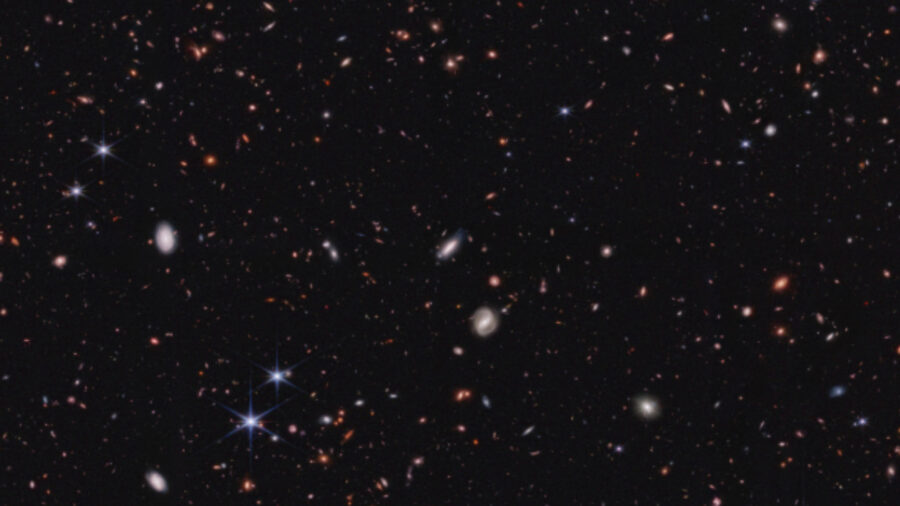
When scientists had their first opportunity to observe early galaxies in our universe with the James Webb Space Telescope, the galaxies appeared to have grown into massive behemoths and emitted very bright lights and colors. The observation led some of the researchers to ponder if this meant that there may be a flaw with the standard model of cosmology, the theory that explains what the universe consists of and how it has evolved since the big bang. The model depicts galaxies as starting off as small in size but gradually growing in size due to various factors including dark matter in space and galactic mergers.
Getting Punked By Black Holes?
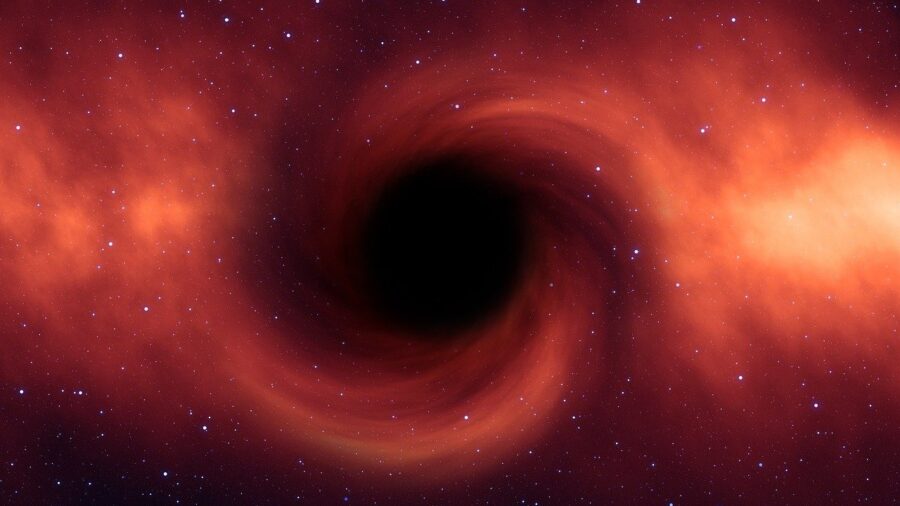
Despite initial concerns that the standard model of cosmology may in fact be wrong, Chworowsky and her team of researchers have eased the minds the countless astronomers. “We are still seeing more galaxies than predicted, although none of them are so massive that they ‘break’ the universe,” Chworowsky said. Following the extensive study, Chworowsky and her team explained that the presence of black holes in many of these early galaxies made them appear to be a lot brighter and bigger in size than they are in reality.
Celestial Smoke And Mirrors
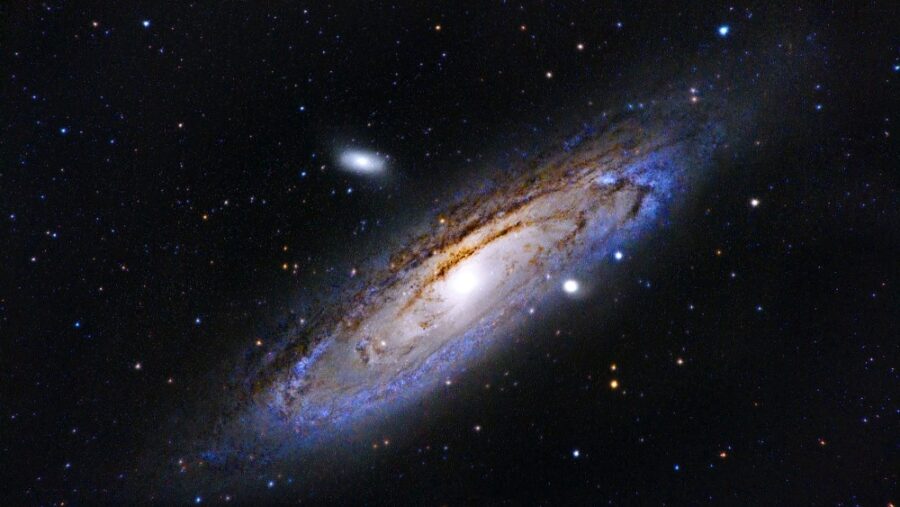
According to the study by Chworowsky and her team, the black holes that reside in these early galaxies are consuming massive amounts of gas, which has caused friction amid the rapid movement. As the gases are pulled into the black holes, great quantities of heat and light are emitted, which explains why the galaxies appeared to be brighter when first observed through the James Webb Space Telescope. The observed bright display of light gave these galaxies the appearance of having more stars inside, making them seem much larger than what they really are.
More Galaxies Than We Initially Thought
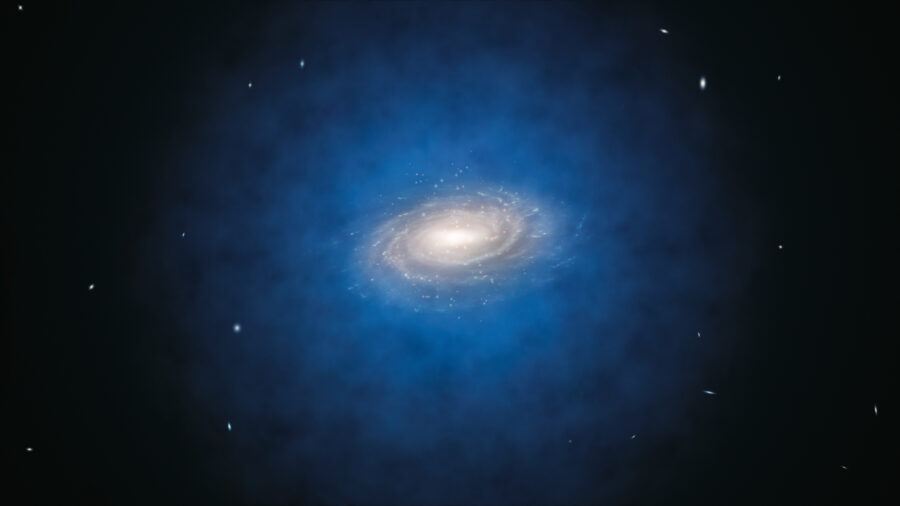
Steven Finkelstein, a professor of astronomy at University of Texas at Austin and co-author of the study, believes that their finding has reinforced the basic principles of the standard model of cosmology. “So, the bottom line is there is no crisis in terms of the standard model of cosmology,” Finkelstein said. “Any time you have a theory that has stood the test of time for so long, you have to have overwhelming evidence to really throw it out. And that’s simply not the case.”
Although Chworowsky, Finkelstein, and the rest of their research team have solved the first major mystery that has come with these early galaxies’ deceptive size, another mystery still remains somewhat unanswered. According to the data collected by the James Webb Space Telescope, there are about twice as many early galaxies as expected from the standard model.
Another Puzzle Piece To Consider
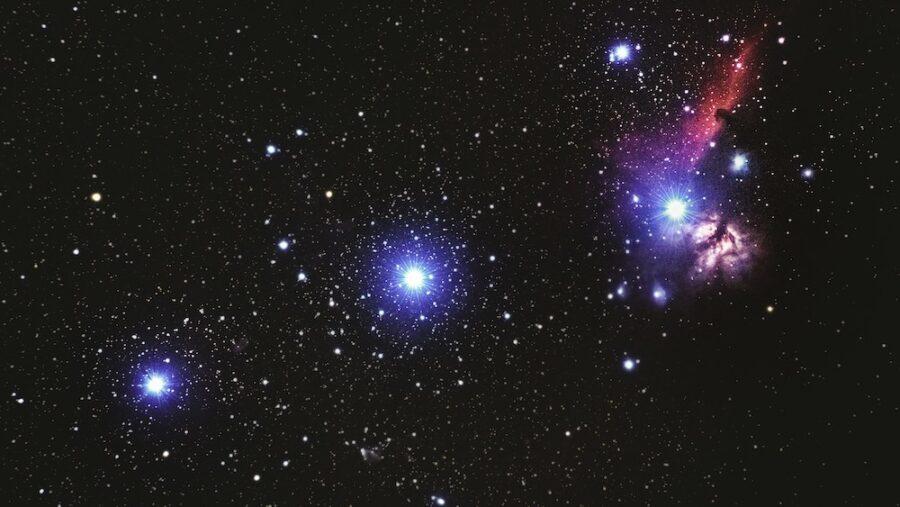
Chworowsky explains that one possible answer is that stars in the early universe were more easily formed. “Maybe in the early universe, galaxies were better at turning gas into stars,” Chworowsky said. Stars are able to form when hot gas cools enough to succumb to gravity and condense, leading some researchers to speculate that the early universe was simply more dense, which had an easier time holding onto gas that eventually turned into stars.
Source: The Astronomical Journal












